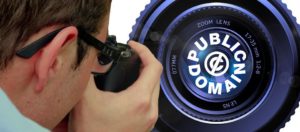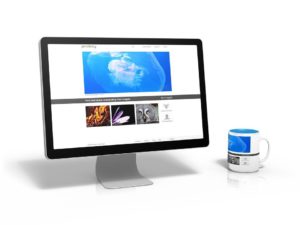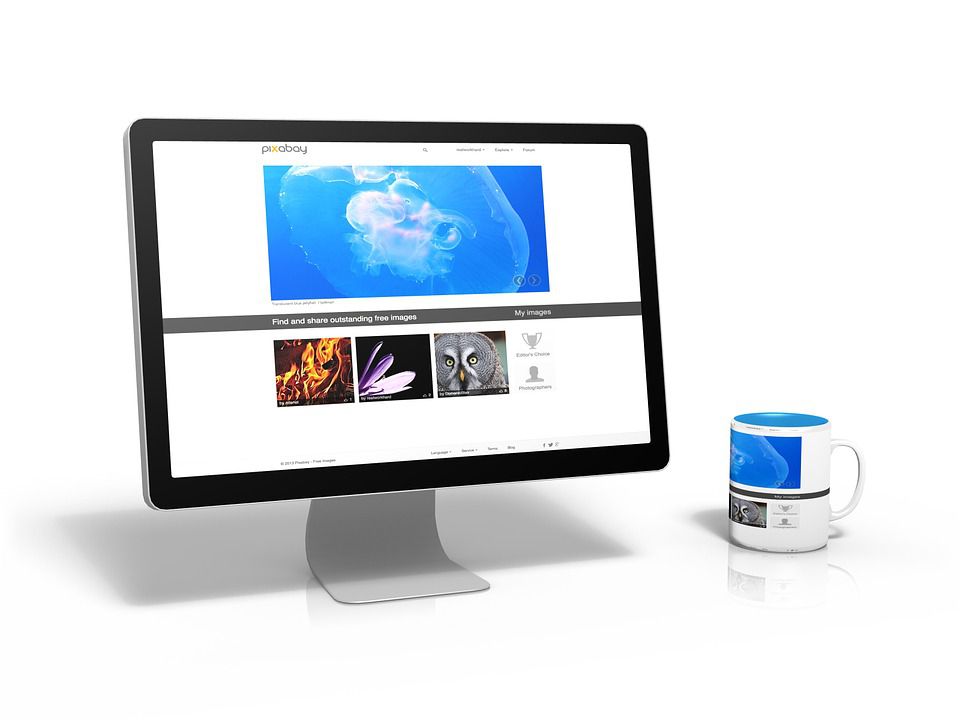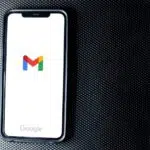Photos with captions and alt tags can contribute positively to online content and blog posts. Along with videos, they offer that multimedia aspect that can add to the article. And this makes it easier for Google algorithms to recognize high-quality content. So, if you truly want your diverse content to stand out and have that extra flare, you should always incorporate images. Now, all this sounds great, but there is a risk that you need to consider. Borrowing images online can easily lead to copyright violations. So, it’s your job to get to know what you can and can’t do when it comes to the use of online photos.

The general situation with online images
Without permission from the creator and/or supplier, you cannot:
- Use all or any part of the image
- Use the image outside the type of license
- Adapt the image in any way
- Ask another photographer to recreate the image
If a copyright infringement does occur, who is held responsible?
- The person who infringes
- Anyone who publishes the image
- Anyone who authorizes or encourages the infringement
- Employees who use an image that has been infringed by the company they work for
Whether intentional or not, borrowing images online without the creator’s permission still makes you responsible.
Permission Granted: When is borrowing images online acceptable?
As we already mentioned, images play an important role in the development of marketing for movers. They not only add value to your content but also enrich the appearance of the text. Basically, there are four situations in which it is okay for you to use online images and not have to ask for permission. And this is what most people choose to do since nobody really has the time to track down the copyright holders and ask for their approval. But as a responsible and reputable business, you should try to play nice and credit artists whenever possible. So, here are the 4 situations when borrowing images online are perfectly fine:
#1: The image is subject to fair use
There are times when you can use logos and similar images without any particular permission. And the U.S. Copyright Fair Use Doctrine covers all this. As always, you can find exceptions to this rule. For example, you can’t use someone else’s logo and promote your business as their partner. There are official things such as affiliations that you need to get approval for before you post them on your website. So, the best thing to do in such situations is to ask first, post later.
#2: The photo has a “copyright-free” label
You will find several websites that act as “copyright-free” image banks. And even though borrowing images online from these websites is legit, you should always take the time to check the terms of use. You never know what that small print might say. After all, just because an image is free doesn’t mean you can use it freely.
#3: Borrowing images online that are in the public domain

A public domain photograph has no legal owner in the sense of the word. The fact of the matter is that those images enter the public domain in different ways:
- Expired copyright of the photo (published before 1923).
- No one renewed the copyright for the image (published before 1964).
- The work is dedicated to the public domain.
And in case you are not sure when an image was published, you can check in the U.S. Copyright Office records. A notice that says “this work is dedicated to the public domain” usually indicates that you can make use of this photo for your website.
#4: When the image has an open license
An image with an open license means that the copyright holder grants certain reprint permissions automatically. The form you will most often come upon here would be the Creative Commons license. There are a variety of different Creative Commons licenses, from fairly restrictive to very permissive. So, if you happen to find such an open license image, check the terms before you use it. For most of these, you will have to attribute the image to the holder when you borrow it.
Thoughts on borrowing images online
When it comes to the content we demonstrate, we have certain guidelines on how to use images for online purposes:
- Edit the photos before you publish them. Make sure that they have a good caption and descriptive alt tag. And of course, check if size modifications influence the images in any way.
- Borrowing images online that best fit the topic you write about is always a good way to go. Sometimes it takes a bit more time to find the right photo but it’s worth the effort.
- Always look to diversify the types of images you use and the message you want to send. If you don’t do so, you risk monotonous content, and nobody likes that.
How to search for openly licensed images

There are tools that you can use to find adequate free images for your website or other projects. For example, you can search for images with open licenses with these two tools:
- The Creative Commons search tool. This tool grants you access to a combined interface for images with a Creative Commons license. As always, you want to check if the photos do have an open license, just to be safe.
- Google Advanced Image Search. With it, you can filter your search by usage rights. So, if you want to search for images that are free to use, share, or modify – you can do so. You can add other criteria as well, such as the type of file (like JPG only), type of image (like only faces), and even colors you want in the image.






